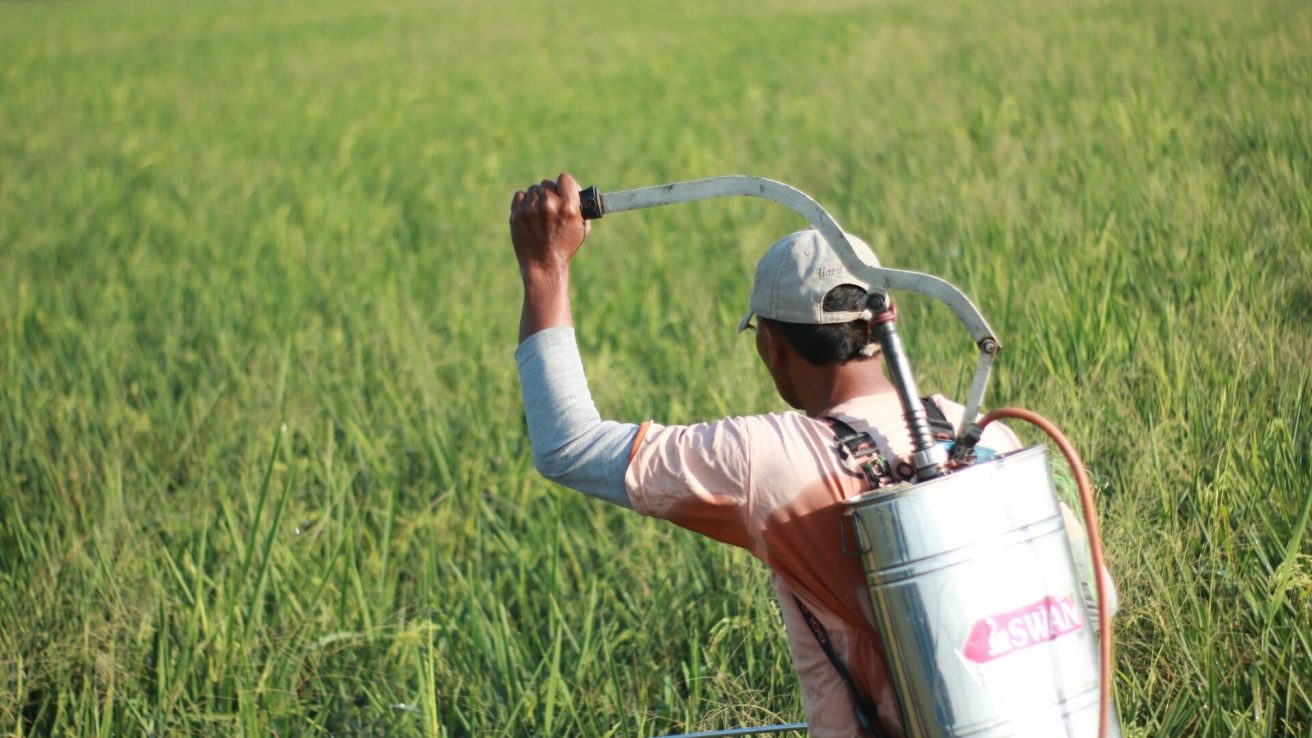A new study shows that higher exposure to pesticides among rural workers puts them at risk of Hodgkin lymphoma, autoimmune disorders, and other health issues caused by genotoxicity.
Though the Green Revolution has helped increase food production globally, it has resulted in the indiscriminate use of pesticides in some nations, putting rural populations at risk. Moreover, rural workers are less likely to follow safety regulations and use personal protective equipment (PPE). This higher exposure to pesticides among rural workers puts them at a higher risk of DNA damage, thus increasing the risk of Hodgkin lymphoma and various autoimmune disorders.
This preprint report, shared at Research Square, explores factors contributing to genotoxicity in Brazil’s rural workers post-pesticide exposure.
Factors Influencing Genotoxicity Post Pesticides Exposure
The study enrolled 367 rural workers from five municipalities in Brazil: Goiânia, Rio Verde, Montividiu, Jatai, and Silvânia. To assess genotoxicity, researchers used comet assays. They compared the results with data on epidemiological and behavioral factors and types of pesticides used. The study found significant variation in DNA damage occurring in different municipalities, though no differences in demographic or behavioral parameters were noted. Confounding factors such as sex, age of the workers, tobacco and alcohol use, and PPE use were considered. No significant variation was found, though there was a weak association between PPE scores and DNA damage. They also evaluated the role of different pesticides used in DNA damage. Though cypermethrin caused the highest DNA damage, the difference between various pesticide uses was insignificant.
These findings raise one crucial question: Since no variation was found in sociodemographic and behavioral parameters (age, sex, smoking, drinking, use of PPEs) or toxicity variables (toxicity, class of pesticides), what explains the genotoxicity variation?
The researchers offer that one explanation could be a difference in the number of pesticides used, since DNA damage was more likely in regions with a higher number of pesticides used. However, upon analysis of the data, this correlation was found to be statistically weak. Since DNA damage was greatest in workers from two areas, they theorize that genetic differences in population groups may have contributed to DNA damage. This indicates that certain population groups may be at greater risk.
The Bottom Line
The study confirms significant DNA damage caused by widespread pesticide use by rural workers. However, the data did not fully explain the reason for the differences in DNA damage among various municipalities. The researchers theorize that this could be due to other factors, such as environmental pollutants or genetic differences in the population groups. The study did not exclude that some differences could be due to higher or lower rates of PPE use. It did find that the more diverse or the number of pesticides rural workers use, the greater the risk of oxidative stress and DNA damage, thus a higher risk of Hodgkin lymphoma and autoimmune disorders.
Source:
De Araújo Nascimento, F., Ramos, J. S. A., Pedroso, T. M. A., Godoy, F. R., De Souza, M. M. O., Parise, M. R., & De Melo E Silva, D. (2023). Contrasting patterns of DNA damage in rural workers from central Brazil: what may account for the geographical variation in genotoxicity following occupational exposure to pesticides? Research Square (Research Square). https://doi.org/10.21203/rs.3.rs-3393187/v1






